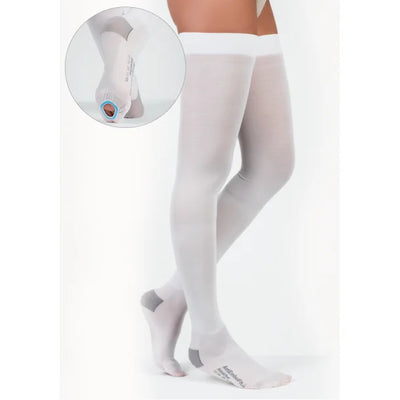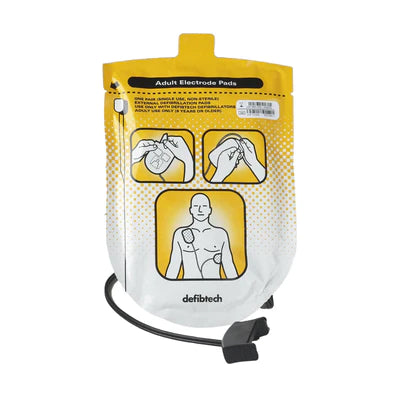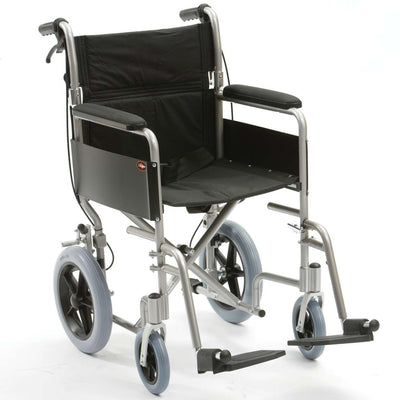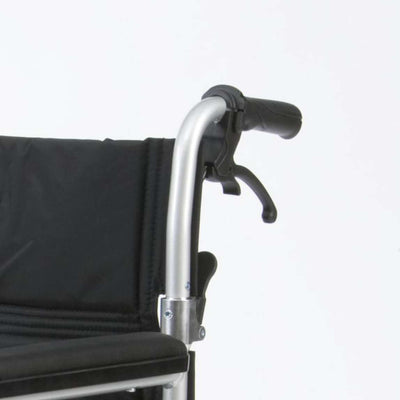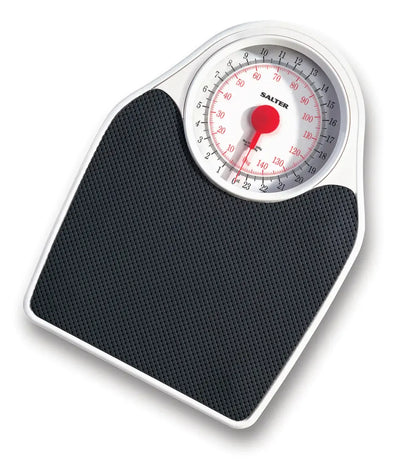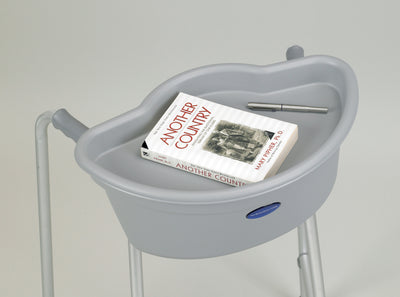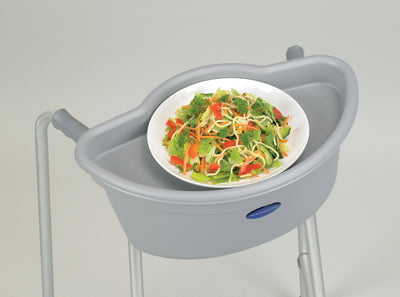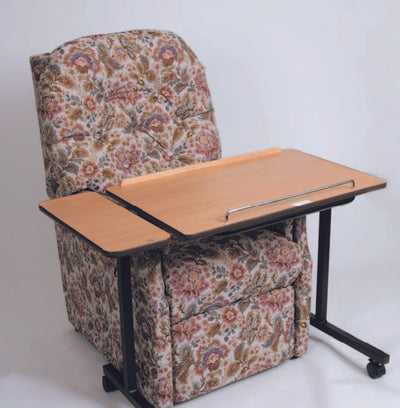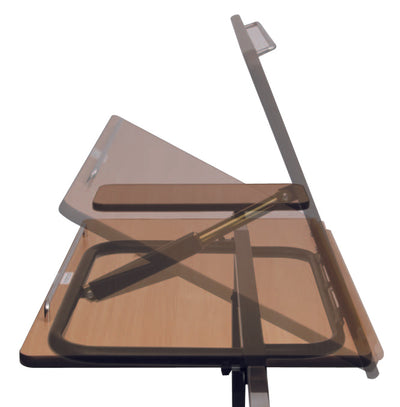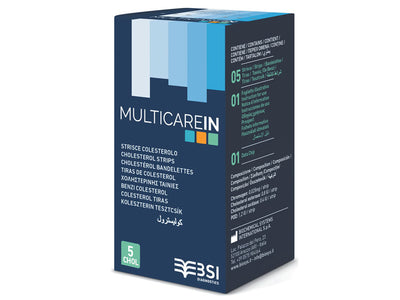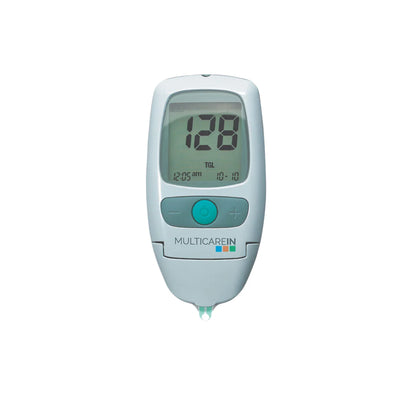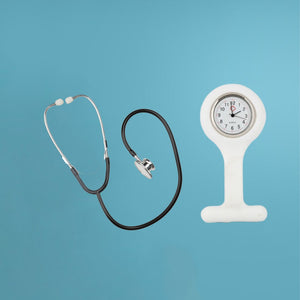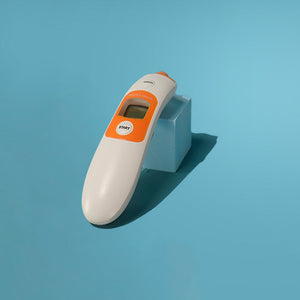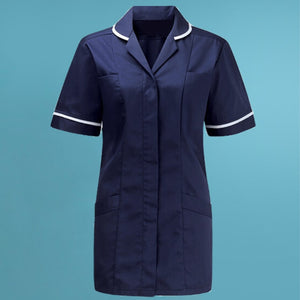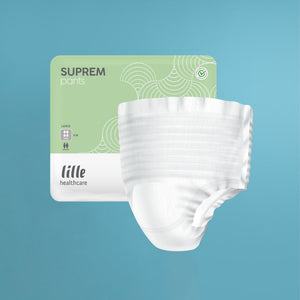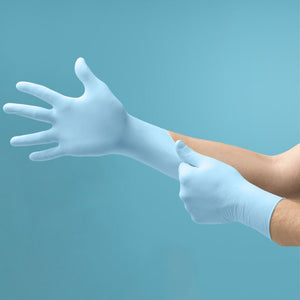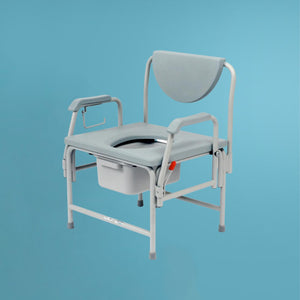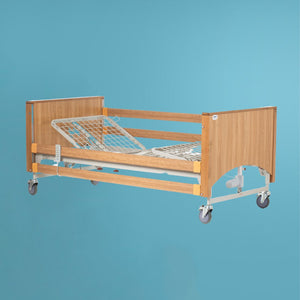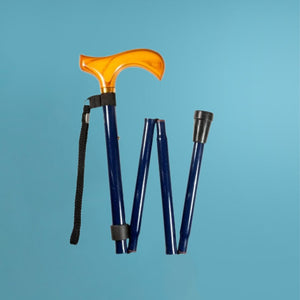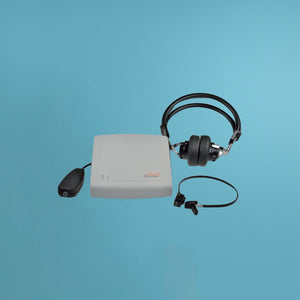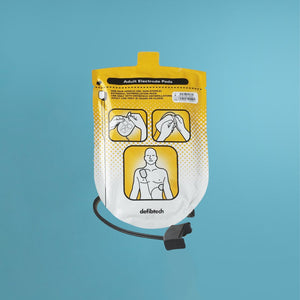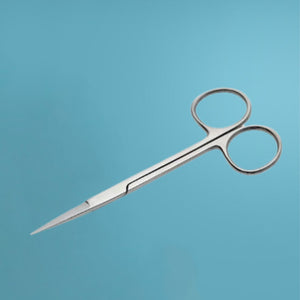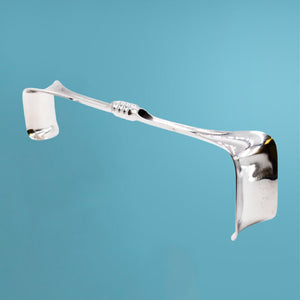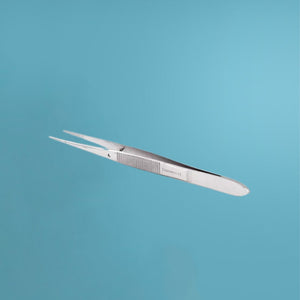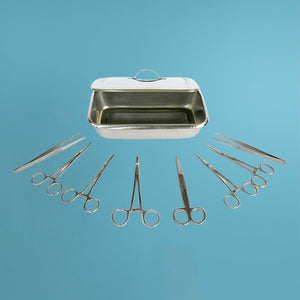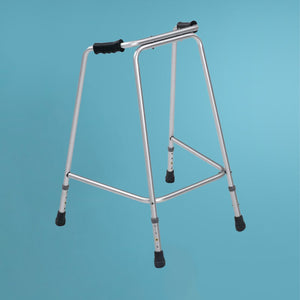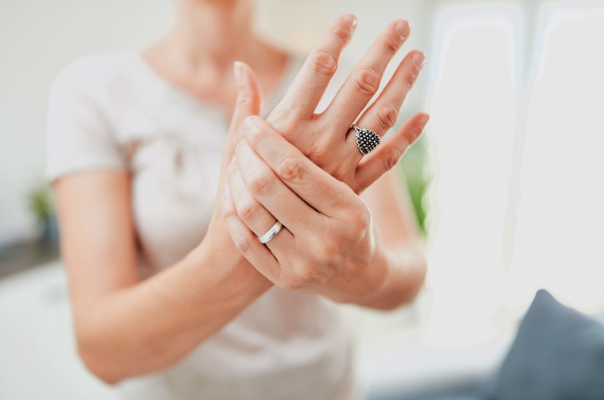When you suffer from arthritis and joint pain, simple tasks like showering, cooking and cleaning can be both challenging and painful.
For joint pain sufferers it’s a good idea to start incorporating coping techniques to manage these daily tasks and support the joints while doing them. You need to find ways to use your body without adding strain or damage to those painful joints.
Looking after painful joints
While you may be taking prescription medicine to help cope with the pain, there are plenty of other practical ways to help manage joint pain during everyday tasks. Maintaining good practice of joint care will not only relieve pain, but could help to lower the risk of further damage in years to come.
Exercise and strength training will help your joints to stay strong. Focusing on the muscles around the most painful joints will create a strong scaffolding around them that will help to support them through the movements that generally cause you pain.
For sore hands and finger joints a digiflex hand exerciser develops strength, flexibility and coordination in fingers, hands and forearms and can relieve pain and inflammation as well. Joint pain sufferers might also find a hand exercise ball strengthens grip and helps to combat pain. Practice for short periods every day, starting slowly and working up how many repetitions you do over the course of a few weeks.
Flare ups
Joint or arthritic pain can be unpredictable, flaring up with little notice or expectations. When your joints are particularly inflamed and sore, your GP might suggest that you manage the symptoms with painkillers.
Inflammation and pain can also be controlled with compression around the area - for example wearing arthritic care compression gloves, compression stockings to support the ankles and feet or a simple joint compression support for the knee or elbows.
For more painful joints you might want to protect them from movement for a few days to allow the swelling to calm down and in this case you could use a splint to hold the wrist, arm, finger etc in place while there is a flare up. Immobilizing the joint with a splint is a very effective, short-term pain relief method and it’s useful to have a variety of resting and mobile splints to hand for periods of increased pain in the joints.
Daily Chores
Arthritis goes alongside damage to the joints, so protecting your joints from further damage will help to stop an escalation in pain and inflammation. The trouble is that for some people, simple tasks like opening a jar or lifting a heavy pot or kettle will contribute to further damage to the joints.
Hands are the most common areas where people experience joint pain and arthritis so it’s hard to avoid many of the daily tasks that will aggravate them.
Start using household aids that like an easy jar opener, and take the pain out of turning on the shower or taps with a tap turner device that can be used in the bathroom and kitchen.
If might seem strange to start using a household aid, splint or gloves when perhaps your joint pain and arthritis are in the early stages but getting used to supporting your joints early on can be very effective with pain relief as well as potentially preventing the condition from worsening due to overuse.
Need more help? We're always here to help so get in touch today.
For all your Medical and Homecare supplies give us a call at Mediworld.
We have over 40 years experience in medical, surgical, mobility and home health supplies and we're always on hand to chat if you need support or advice and don't forget to read our other great health blogs!
February 2023

